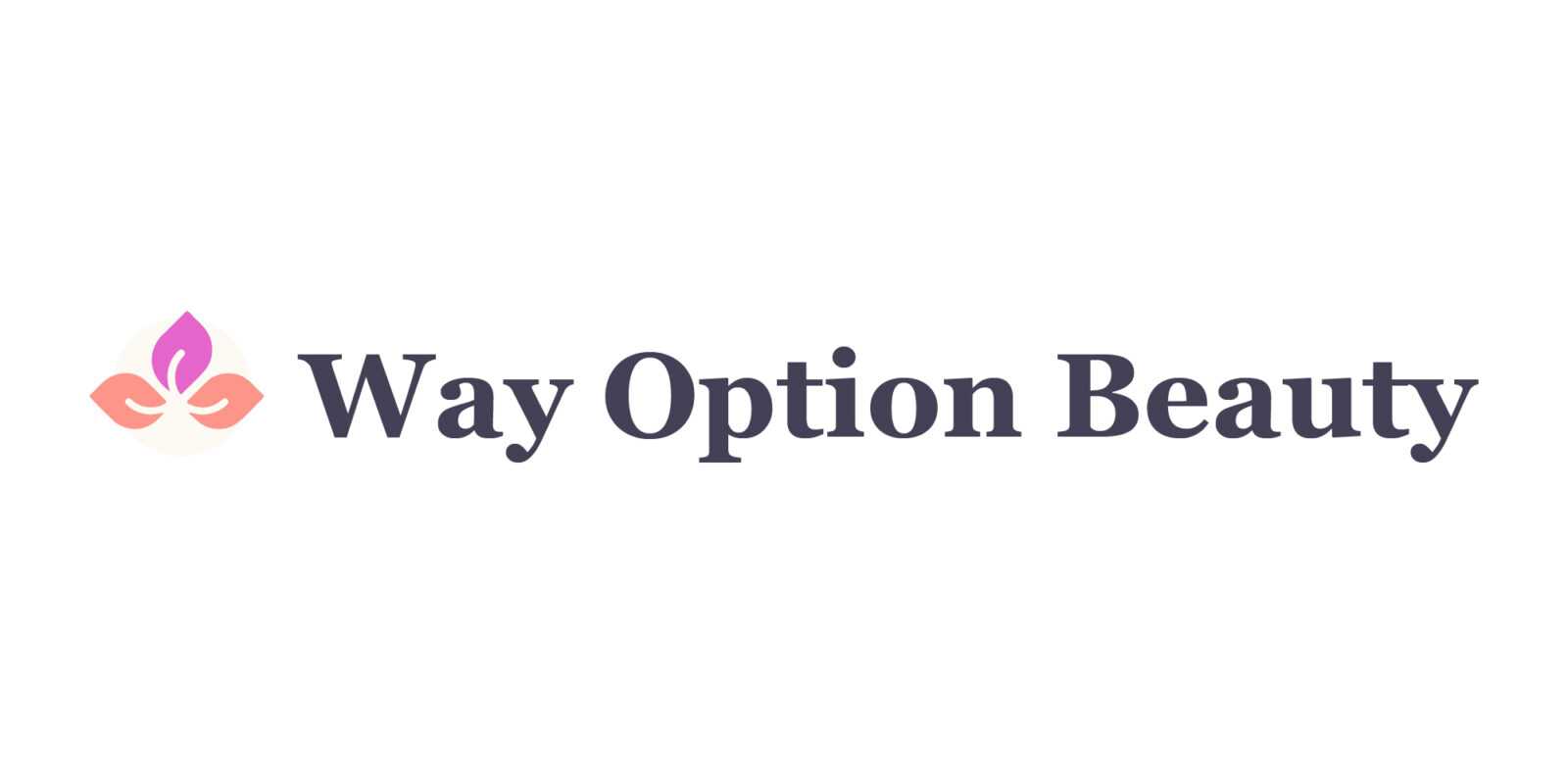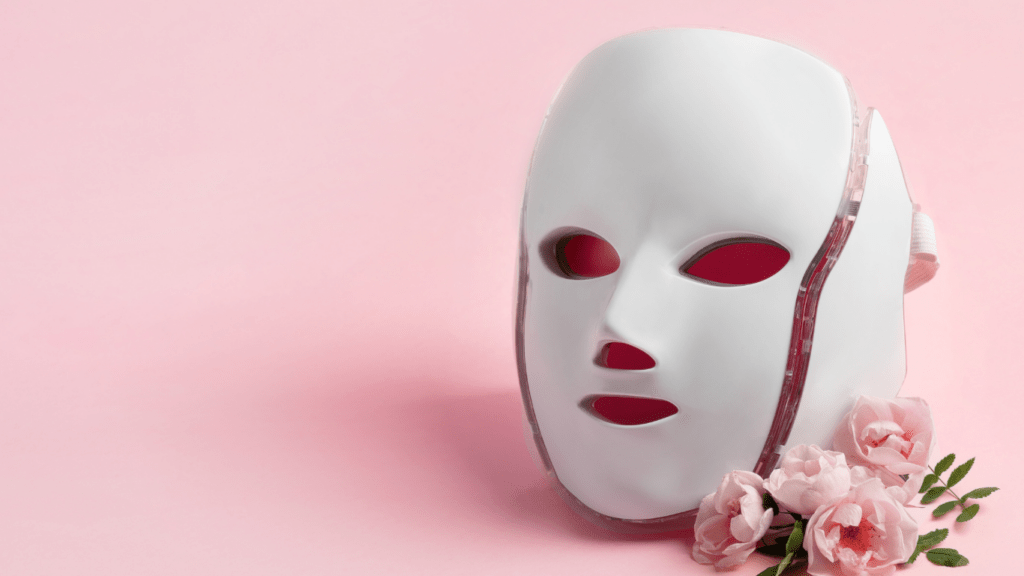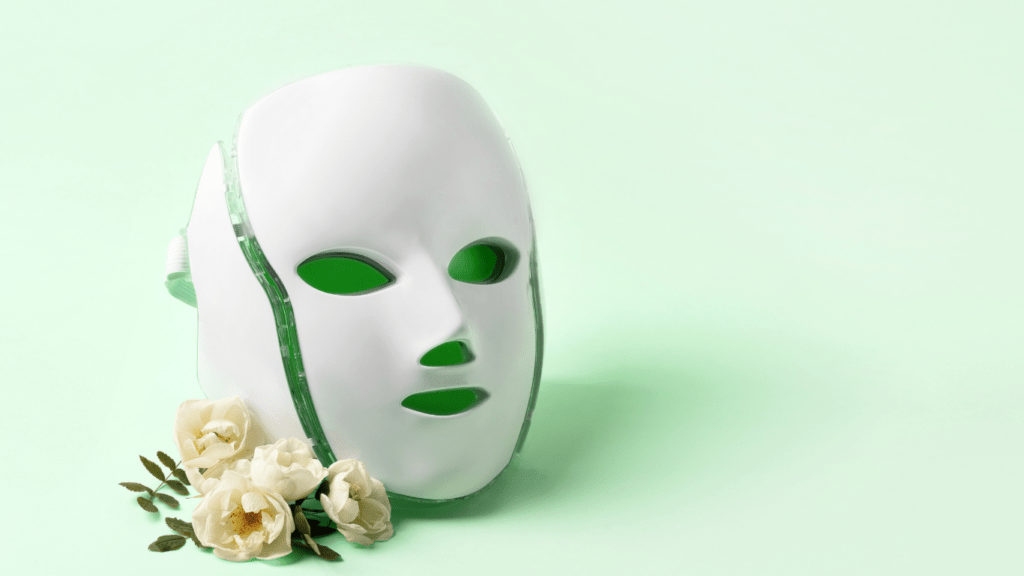The Evolution Of LED Face Masks
LED face masks have come a long way since their inception. Initially developed for medical purposes in the 1960s, NASA researched LED light therapy for plant growth experiments in space and later found its benefits in wound healing and tissue growth. In recent years, these benefits have been adapted into skincare routines, capitalizing on LED’s ability to penetrate the skin at various depths.
Early LED face masks were bulky and expensive, often used exclusively in professional dermatology clinics. They utilized specific wavelengths of light to target different skin issues. Red light, for example, promotes collagen production, while blue light targets acne-causing bacteria.
Recent technological advancements have led to more affordable and user-friendly home devices. These modern masks are often made of flexible materials, allowing for a better fit and ease of use. Brands have also expanded the variety of treatment modes, combining multiple light wavelengths in one device to address several skin concerns simultaneously.
The commercial market has seen a surge in LED face mask options, ranging from budget-friendly models to high-end devices endorsed by dermatologists. The rise of social media influencers promoting these products has further catapulted their popularity, making them a staple in modern skincare regimens.
How LED Face Masks Work
LED face masks use light therapy to address various skin concerns. They emit specific wavelengths of light that penetrate the skin to target and treat different issues.
Different Types Of Light And Their Benefits
LED masks typically use red, blue, and near-infrared lights, each offering unique benefits:
- Red Light (620-750 nm): Promotes collagen production, reduces fine lines, and enhances skin elasticity. Its anti-inflammatory properties may also help with skin tone.
- Blue Light (405-420 nm): Targets acne-causing bacteria, helps to reduce breakouts, and may improve skin clarity. Often used for oily or acne-prone skin.
- Near-Infrared Light (750-1000 nm): Penetrates deeper skin layers to repair tissue, reduce inflammation, and support overall skin health. Commonly used for anti-aging treatments.
The Science Behind LED Therapy
LED therapy operates by delivering light at specific wavelengths to the skin. Photoreceptors in the skin cells absorb this light, triggering various biological processes:
- Cellular Function: Light absorption stimulates mitochondria, increasing energy (ATP) production, accelerating cell repair, and improving cell function.
- Collagen Synthesis: Red light boosts fibroblast activity, enhancing collagen and elastin production, leading to firmer, youthful-looking skin.
- Acne Reduction: Blue light’s antibacterial effects help reduce P. acnes bacteria, decreasing inflammation and preventing future breakouts.
- Anti-Inflammatory Effects: Near-infrared light aids in reducing skin inflammation, promoting faster healing and improving overall skin tone.
Clinical studies support the effectiveness of LED light therapy, citing significant improvements in skin conditions with regular use.
Benefits Of Using LED Face Masks

LED face masks offer several benefits, addressing various skin concerns effectively. These advantages stem from the specific wavelengths of light used in treatments.
Skin Rejuvenation
LED face masks rejuvenate the skin by stimulating cellular processes. Red light increases collagen and elastin production, improving skin texture and firmness. For example, research shows a 10-20% increase in collagen levels after eight weeks of regular use. Near-infrared light complements these effects by enhancing wound healing and reducing inflammation.
Acne Reduction
Blue light therapy targets and kills acne-causing bacteria. This process reduces inflammation and prevents future breakouts. Clinical studies show a 50-60% reduction in acne lesions over 12 weeks of consistent use. Combined with red light, these treatments can also minimize acne scars and improve overall skin health, making them highly effective for acne-prone skin.
Anti-Aging Effects
Red and near-infrared light therapy addresses signs of aging by promoting collagen synthesis. Regular treatments reduce fine lines and wrinkles by up to 30% within three months, according to various studies. These lights also improve skin elasticity and hydration, providing a youthful, radiant complexion. Some users report significant changes in skin appearance after consistent use.
LED face masks thus offer multi-faceted solutions for skin rejuvenation, acne reduction, and anti-aging. These benefits are backed by scientific evidence and provide a comprehensive approach to skincare.
Potential Drawbacks And Side Effects
Despite the benefits, LED face masks come with potential downsides. It’s crucial to examine these issues before making an investment.
Skin Sensitivity
Sensitive skin might react negatively to LED light exposure. Redness, irritation, and dryness are common side effects for those with delicate skin. In rare cases, individuals may experience hyperpigmentation or photoallergic reactions, especially if proper guidelines aren’t followed. Always conduct a patch test on a small skin area if you have sensitive skin types to minimize risks.
Cost Concerns
LED face masks vary widely in price, with professional-grade devices costing several hundred dollars. While cheaper models exist, they may not offer the same efficacy or durability. Users could end up spending more in the long run if an inexpensive mask fails and needs replacement. Consider the investment in terms of quality, longevity, and clinical-grade effectiveness to determine if it’s worth the cost.
Expert Opinions And User Reviews
Exploring expert opinions and real user experiences helps shed light on the true efficacy of LED face masks.
Dermatologists’ Perspectives
Dermatologists often endorse LED face masks, citing their clinically proven benefits. Dr. Whitney Bowe, a board-certified dermatologist, notes that red light therapy effectively stimulates collagen production, aiding in skin rejuvenation and anti-aging. Similarly, Dr. Dendy Engelman emphasizes blue light’s ability to combat acne by targeting its bacteria. However, dermatologists also caution about potential side effects, advising users to adhere to recommended usage guidelines to avoid adverse effects like irritation or dryness. Clinicians generally agree that consistent use amplifies results but stress the importance of choosing quality devices for maximum efficacy.
Real User Experiences
User reviews offer practical insights into the daily usage of LED face masks. Many users, like those on popular skincare forums, report noticeable improvements in skin texture and reduction in acne after regular use. For instance, one user shared that after using a combination mask for three months, they experienced fewer breakouts and smoother skin. Another review highlighted the convenience of home treatments, noting how it simplified their skincare routine. However, not all reviews are positive. Some users reported minimal changes or experienced sensitivity issues, reinforcing the necessity of patch tests and device quality assessment. These mixed reviews provide a comprehensive view of LED face masks’ varied impacts.



